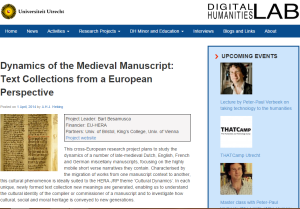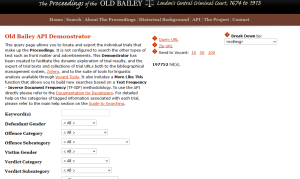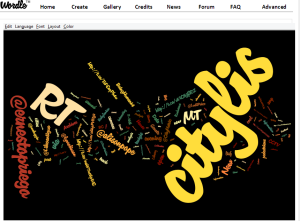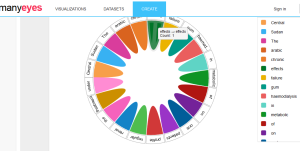The second session of LAPIS was very informative, we discussed Printing/Reading/Books: From the knowledge to the sharing economy. However, I will focus on what I was most drawn to during the lecture.
What is publishing now? Years ago book publication was solely the responsibility of publishing houses. Where the manuscript goes through a process such as proof reading and editing etc. the typeset and the cover design was selected and then it was printed and distributed to the various book stores around the world. The ‘then’ process may now be thought of, as a slow one when compared to the way in which distribution/dissemination of information is now done, thanks to ‘Disruptive technology/innovation.’
The term disruptive technology was coined by Clayton Christensen to describe /explain what happens when one new form of technology displaces an established technology and shakes up the industry or a ground-breaking product that creates a completely new industry.
Hence, according to John Feathers (2006) Publishing is a commercial activity of putting books into the public domain. Publishers decide what to publish and then cause it to be produced in a commercially viable form e.g. e-books, the product is then advertized and sold through a network of wholesalers and retailers.
Further, we discussed Marshall McLuchan’s quote that is quite relevant in today’s society ‘the medium is the message’ that appeared in his book ‘Understanding Media: the Extensions of Man’ which was published in 1946. McLuchan saw the medium as having a symbiotic relationship with its audiences since it was established that the medium influences how the message is perceived.
Clearly publishing has undergone many fundamental changes over the years, and as my classmate Dominic
states, ‘the publishing sector has severely been disrupted by the emergence and growth of internet-based technologies – notable examples include the development of self-publishing as a viable business model, the development of e-readers and the replacement of traditional encyclopedias and reference sources with free, sourced alternatives such as Wikipedia.’ …
Until next week!






